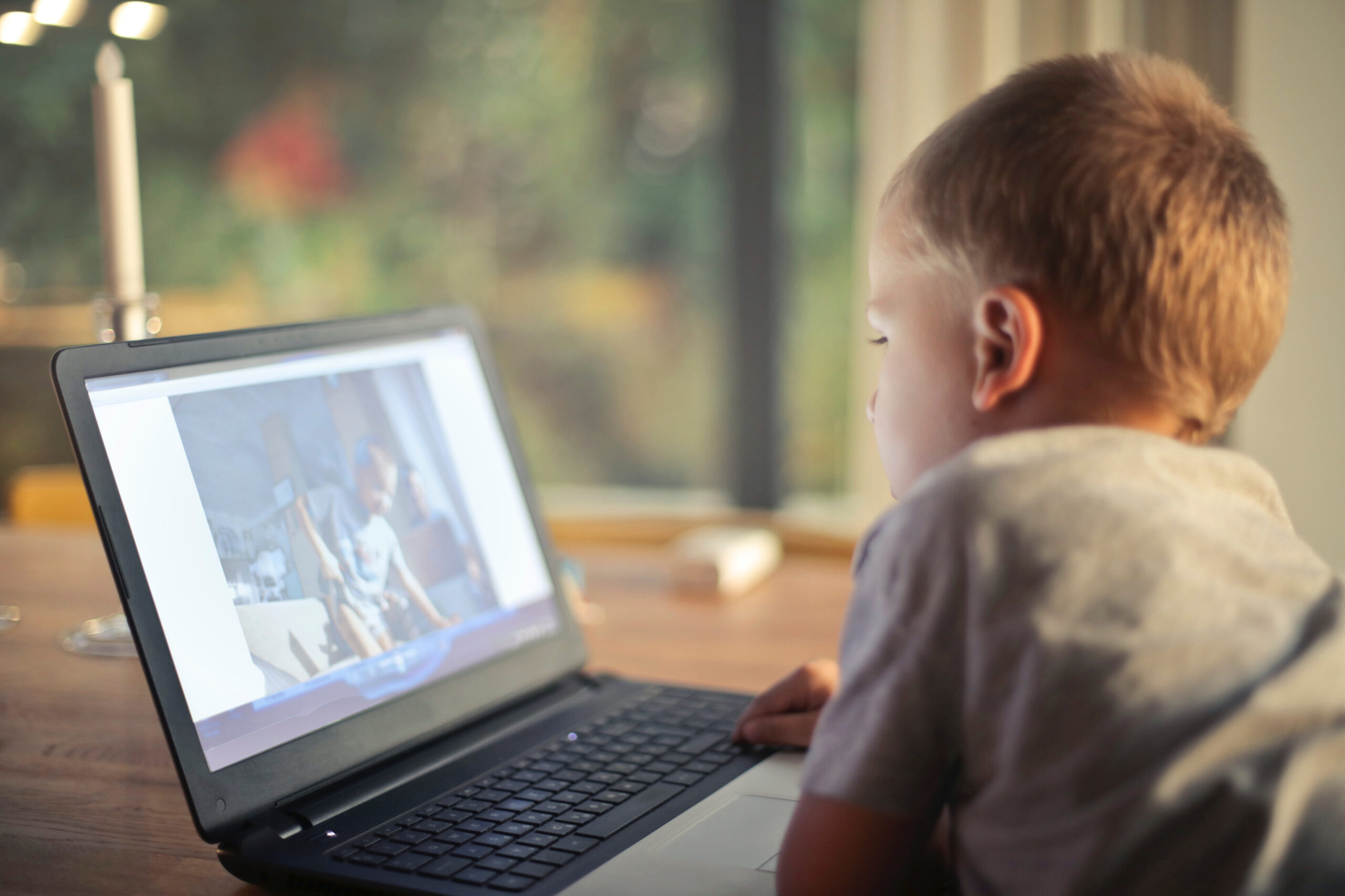Unless you’re living under a rock, your child will encounter technology very early in his or her life. Many kids dive into having their own cell phones or personal computers without learning important safety lessons beforehand. Here are some steps you can take to ensure that your child’s introduction to technology keeps them safe throughout their online life.
Open Communication
The best tool in your journey to introduce your child to technology is going to be open and honest communication. Start having conversations about it early on. It’s easy to use safety settings on devices to keep kids from seeing inappropriate content.
But, because settings can be changed and kids can access technology in a variety of places, it’s important for them to understand why that content is inappropriate for them. They should be aware that the internet can be a dangerous place if it’s not approached carefully. For kids using social media, it’s important to discuss privacy and set boundaries for what should and shouldn’t be shared online.Â
Constant Supervision
Eventually, your child will get old enough that you’re able to trust them to use the internet on their own. When that time arrives is going to depend on your parenting style and each individual kid, but until then, constant supervision is necessary. It’s too easy, even with all the safeguards and blockers in place, for your child to veer into unsafe territory online.
If you’re getting them their first new phone at this point, it might be a good idea for you to keep the phone somewhere safe until you’re able to monitor their use. For example, they could use the phone for a set amount of time after school where you can easily see what they’re doing. It might be annoying to have to be present any time they’re online, but it’s important that their introduction to the internet is done safely and with supervision.Â
Use Parental Controls
Whenever your child has access to a device, you should take a look at what the parental control settings are. You can limit time spent on certain websites and block entire keywords entirely. Ideally, your child should only be able to access child-safe content on the internet, and that’s what parental controls are intended to achieve. However, these controls can only do so much to prevent harmful content from reaching your child’s eyes and ears.Â
Discuss Boundaries
An important discussion to have with children in general, but especially before they start going online, is all about physical and emotional boundaries. Your child should feel comfortable saying “no” and ending interactions when they feel uncomfortable. They should be aware of what an appropriate conversation and interaction looks like, versus an inappropriate one. It’s never fun to imagine what could happen to our kids when they’re on the internet, but helping them understand their boundaries will keep them a lot safer.
Know the Signs of Abuse
It’s incredibly easy for people with unsavory intentions to get in contact with children over the Internet. Grooming happens online all the time, and parents neglect to understand what the signs are in their children. In addition, cyberbullying is extremely common with the rise of social media, making it so that children are still in contact with their bullies when they leave school for the day.Â
If your child becomes more withdrawnificant way, that could be a sign that something is happening in their online life that’s harming them mentally. Here’s where your open cn, moody, angry, or anxious, or their mood changes in a sigommunication with your child will be important. Sure, maybe their moodiness can be attributed to puberty, but it’s also possible that they’re struggling and need to be helped out of a situation.
These tips may make you feel like the internet can’t be safe for kids. However, once you’ve implemented some safety protocols and had the right discussions with your child, safe internet use is extremely possible.Â
